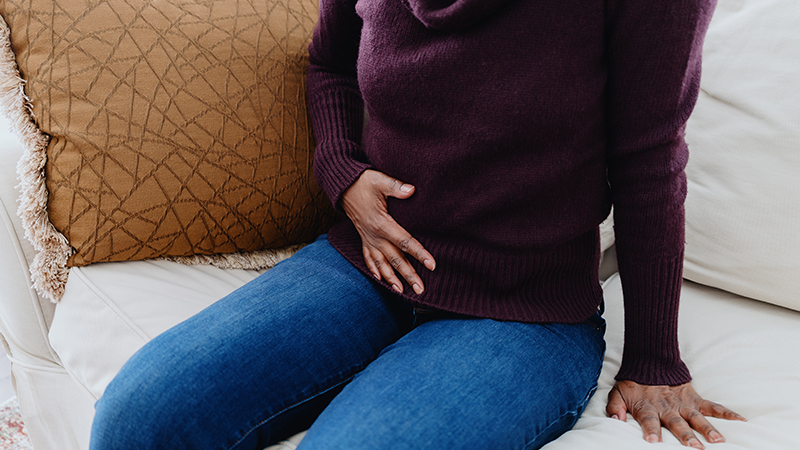Head Lice: What to Know
Published January 2020
Treating the Pesky Insect
You’ve probably heard of head lice, the pesky, parasitic insects that are notorious for infesting young schoolchildren all around the world. But are you aware what they do and how to treat them?
What are head lice?
Head lice are small, parasitic insects that nest on the head and facial hair. A single adult louse grows to about the size of a sesame seed. Lice and their eggs, referred to as nits, are most frequently found at the neckline and behind the ears.
Lice only live about 28 days, with a single louse maturing into an adult after only two weeks. Once an adult, it can lay up to 10 eggs a day. If lice are left unaddressed, this cycle can repeat every three weeks, making them difficult to treat.
Who is prone to getting head lice?
Head lice infestations are most frequent among children attending child care and day care, elementary schoolchildren and those in households with infested children. Head-to-head contact with an infested person is the most common way to contract head lice.
While kids are most susceptible to getting head lice while playing at home and at school, during sports activities or while at camp, you should note that head lice can also be spread by sharing of clothing or belongings.
It also doesn’t matter if your hair is clean or dirty; lice can attach to anybody’s hair. Contrary to popular belief, though, lice cannot jump or fly from one person to another.
What are the signs and symptoms of head lice?
- A tickling feeling of something moving in the hair
- Itching, caused by an allergic reaction to the bites of the head louse
- Irritability and difficulty sleeping (head lice are most active in the dark)
- Sores on the head cause by scratching, which can become infected with bacteria from the skin
While lice are small, you can still spot them with the naked eye. You might have heard to use a comb to try to pull out the lice and their nits, but this can be ineffective, as the eggs stick to hair shafts. Combing through wet hair is an ideal way to spot an infestation, but not it is not practical for treatment.
How do I treat head lice?
The diagnosis of head lice can be made by finding a live louse or nymph — a young louse — on the scalp or hair. At home, you can try nonprescription shampoos that are specifically formulated to kill lice. However, some lice are resistant to these shampoos, and these products might not kill eggs. So, talk to your physician to confirm the diagnosis and seek further treatment.
If the nonprescription shampoo doesn’t kill the lice, if you’re pregnant or if you have infected hives or skin abrasions from scratching, see a physician for treatment.
After treatment, it’s recommended that you wash the bedding of anyone who had lice. Make sure to wash recently worn clothing as well, and put any stuffed animals your child has in a hot dryer for half an hour. After that, the critters should be gone and you should be back to living a lice-free life!





